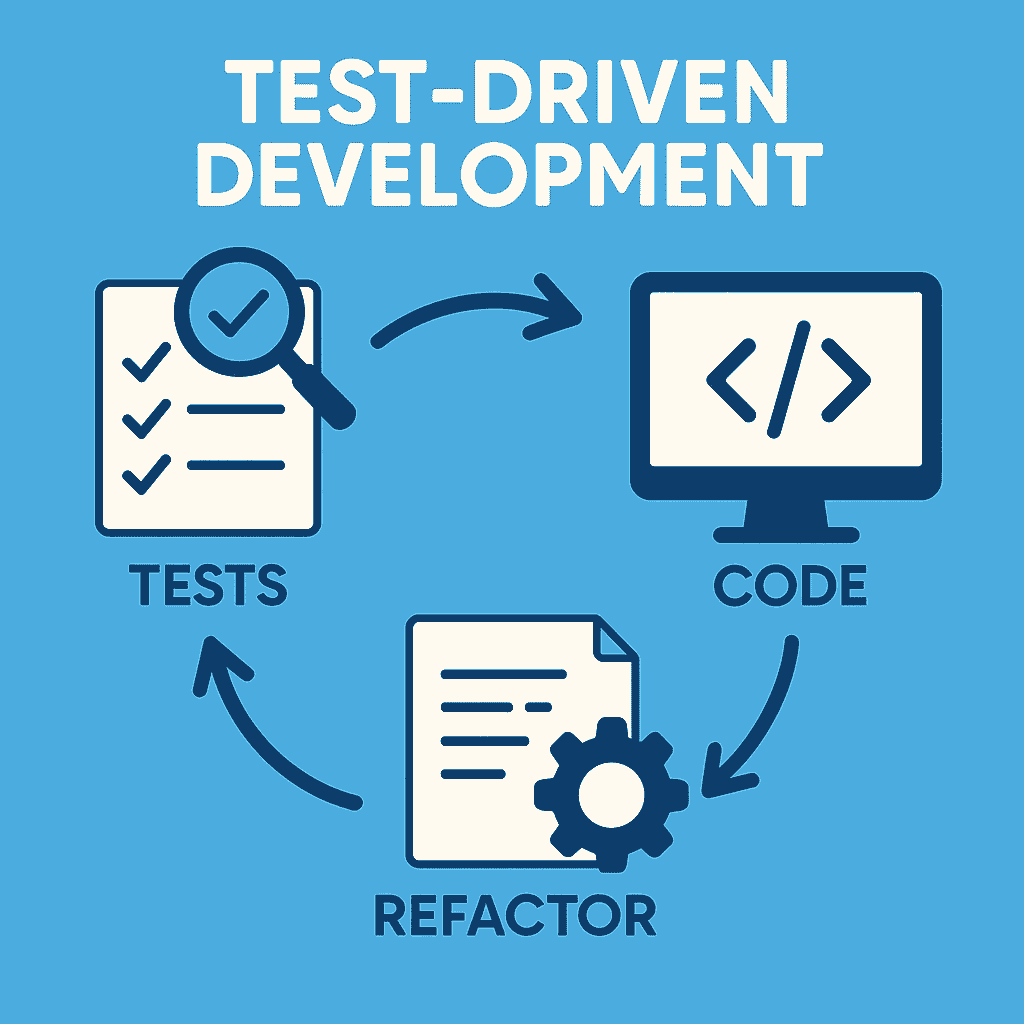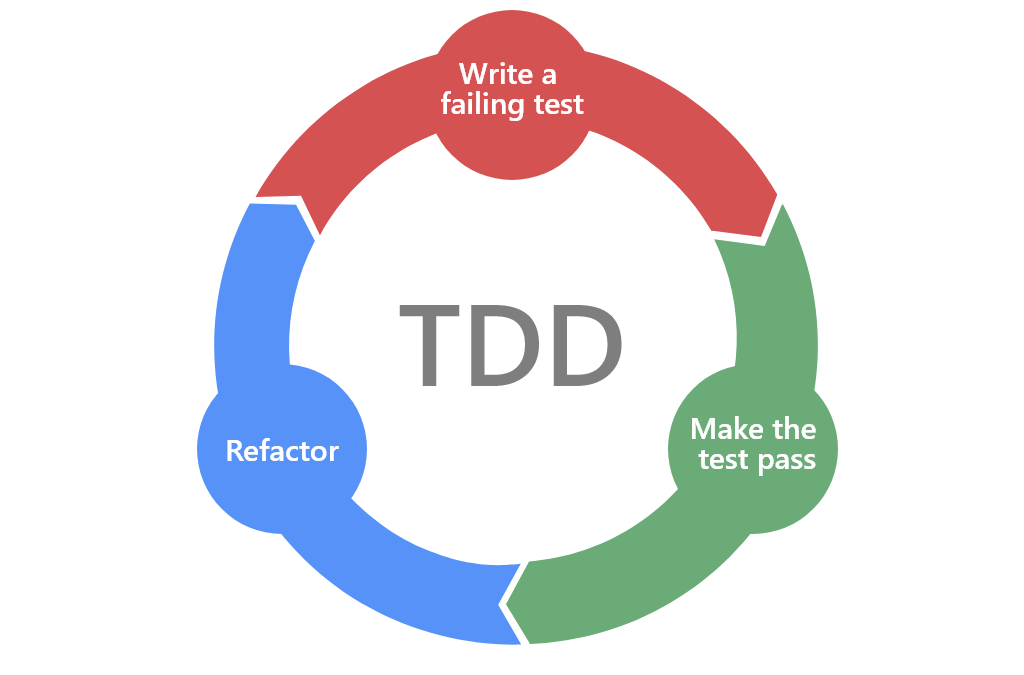Test Driven Development: A Practical Guide

In this page
Background
Test Driven Development (TDD) is a software development approach that has gained widespread popularity in recent years. It flips the traditional coding process on its head: instead of writing code first and then testing it later, developers write tests before writing the actual functional code.
The concept was popularized by Kent Beck in the early 2000s as part of the Extreme Programming (XP) methodology. TDD involves a simple, iterative cycle:
- Write a failing test case for a new feature or functionality.
- Write just enough code to make the test pass.
- Refactor the code for clarity and maintainability while ensuring the test still passes.
This cycle is often called Red-Green-Refactor.

Why Is TDD Good?
Improved Code Quality
Writing tests first forces developers to think critically about the requirements and design before implementation. It leads to cleaner, more modular, and better-structured code.Immediate Feedback
Because tests are written up front and run frequently, developers get immediate feedback on whether their changes work as expected, reducing the risk of bugs slipping into production.Reduced Debugging Time
By catching issues early, TDD drastically cuts down on time spent hunting bugs later in the development cycle.Better Documentation
Tests serve as living documentation, clearly showing how each part of the system is supposed to behave, which is invaluable for onboarding new team members or revisiting old code.Encourages Refactoring
With a comprehensive test suite in place, developers can confidently refactor code without fear of breaking functionality.
All this helps you avoid a common and unfortunate rule

Common Challenges in TDD
Initial Learning Curve
Developers new to TDD often struggle with writing effective tests upfront. It requires a shift in mindset from “code first” to “test first,” which can feel unnatural initially.Writing Too Many or Too Few Tests
Striking the right balance is tricky. Too many tests can make the suite cumbersome to maintain, while too few can reduce confidence in the code.Designing for Testability
Legacy or tightly coupled code can be difficult to test. TDD works best with code that is modular and loosely coupled, which sometimes requires upfront architectural changes.Overemphasis on Unit Tests
While unit tests are critical, focusing solely on them might miss broader integration or acceptance test issues.
Productivity Concerns When First Adopting TDD
Many teams worry that TDD will slow down development, especially at the start. This is a valid concern since writing tests first and maintaining them requires time and discipline.
- Initial Slowdown: The upfront investment in writing tests can feel like a bottleneck compared to quickly hacking out features.
- Tooling and Environment Setup: Proper tooling (e.g., test runners, mocking frameworks) needs to be set up, which can add to initial delays.
- Cultural Shift: Teams may resist changing familiar workflows, adding friction.
However, these short-term slowdowns are often offset by long-term gains:
- Faster bug detection and fixes.
- Reduced time spent on manual testing.
- More maintainable and extensible codebases.
With practice and experience, many developers report that TDD actually speeds up development, especially for complex features and larger codebases.
Final Thoughts
Test Driven Development is a powerful technique that encourages writing clean, reliable, and maintainable code. While it demands an initial investment in time and mindset shift, the benefits in quality and confidence are well worth it.
Adopting TDD is a journey — start small, focus on critical components, and gradually expand your test coverage. Pair TDD with good design principles and continuous integration to get the best results.